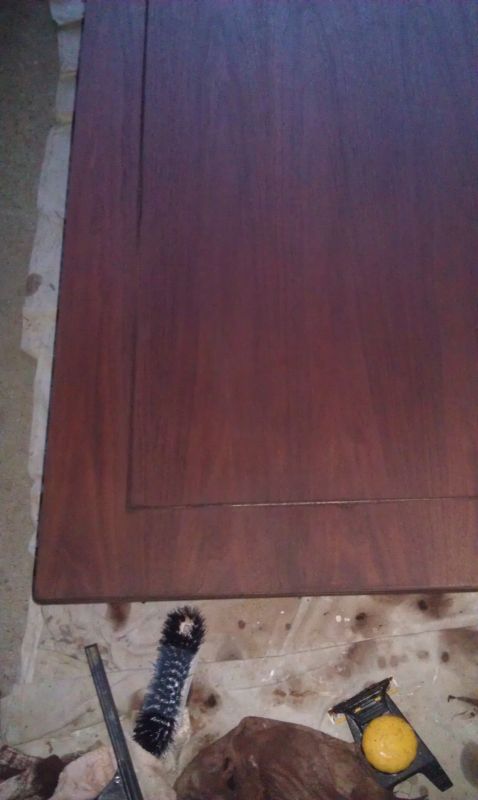Question
I'm changing over to WB lacquer and am having trouble putting the right amount on. First I put on a thin sealer coat, then a second heavier coat (not much). These two go on okay, but are a little rough to the touch. I do a little sanding to smooth it up, then I put on a heavy coat (almost enough to start to look milky). The finish turns out great, but I get too much on the curve going into the raised panel... and runs. Do I just keep putting on thinner coats and building it up? Will the finish stop being rough with the thinner coats?
Forum Responses
(Finishing Forum)
Thin coats work alright at first for sealing and do minimize grain raise. They dry so fast that you can keep things rolling. To get the coating to flow out, though, you need either:
1. a heavier coat or
2. a retarder or
3. an environment in which it won't flash so quickly.
The problem you're having with #1 is running or sagging. Try a wet on wet approach where you shoot 2 coats of 2 wet mils a couple of minutes apart, instead of a full 4 wet mils at once.
These are some variables to consider in the technique:
1. Your first wet tack coat should not flash to the point where going over it won't allow everything to flow out together. You want it to get sticky enough to stay put on the vertical surfaces, but not dry enough that another thin coat has to do all the flowing by itself.
2. This sticky point is something you look for as a condition on the work as a function of the environment. Temperature, humidity, air movement and your gun and settings will affect it. You may have little control over these. What you can control is evaluating when that first tack coat is too thin (make another quick, misting pass) or too thick (let it flash longer before putting on the second tack coat and possibly make the second thinner since you already have 3mils down).
3. Raw, sanded wood will behave differently than sealed, sanded surfaces.
If you spend one hour in your booth concentrating on exactly how much you can put on a vertical surface before it runs and noticing how much time it takes before you reshoot and how much you reshoot, etc., you'll have the technique down. If you're nervous, just walk around your next 5 sided vanity and keep misting it as lightly as possible and you'll probably do fine, but at some point you'll be better off to set up some scrap vertically and get your wet mil gauge and your stop watch out.
